Friuli-Venice Giulia
Region Description
Friuli-Venezia Giulia – a region located in the northeastern part of Italy, stretching from the Alps to the Adriatic Sea. The region consists of four provinces: Trieste (the regional capital), Udine, Pordenone, Gorizia. It borders Austria, Slovenia and Veneto. Friuli Venezia Giulia combines many traditions, making it known as the „land of contrasts.” It takes its name from the Roman settlement of Forum Iulii, which today is called Cividale del Friuli. It is one of Italy’s five autonomous regions. Despite its small territorial size, it is richly endowed by nature: there are mountains, spruce forests, clear lakes and picturesque lowlands. In addition, there is a sea with a remarkable lagoon; long, sandy beaches, as well as rocky coastlines. The mountainous northern part is more alpine, while the area south of the mountains is where the old peasant culture of Friuli still exists-
History
The history of the Friuli region dates back to around 1000 BC. The present-day area was colonized by the Romans and became heavily influenced by Latin civilization. After the collapse of the Western Roman empire in 568, the region came under the rule of the Longobards, through which it developed. In the last decades of the 8th century, the rule in Friuli was taken over by the Franks, during which time Udine gained greater importance becoming in time one of the most important cities in the region. In 1445 the territory of Friuli was annexed by Venice. Despite numerous uprisings considered to be among the most significant in Renaissance Italy, the region only liberated itself from Venetian rule in 1797 with the Treaty of Campoformido.
Language
Friuli Venezia Giulia is characterized by an extraordinary wealth of languages and dialects. The official languages are Italian and Friulian. Friulian is spoken in three provinces – Gorizia, Pordenone and Udine. The Slovene-speaking population resides along the border with Slovenia and in a small section bordering Austria, in the provinces of Udine, Trieste and Pordenone. German-speaking groups are found in three areas: in Sauris in upper Karnia, on the border with Cadore; in Timau, which is part of the municipality of Paluzza in Karnia; and in Val Canale between Pontebba and Tarvisio. The villages of Sauris and Timau constitute peculiar linguistic islands, i.e. communities speaking languages that are distinctly different from those spoken in the surrounding area. In addition, there are also Venetian-speaking groups, mainly in the west of the region, in Sacile, Portogruaro and Pordenone.
Food
– Cucina povera
– Polenta – Quite spicy and very filling bean soups
– Jota with beans (sauerkraut, bacon, potatoes, garlic, olive oil)
– Frico (pancake with potatoes, onions and montasio cheese)
– Montasio – one of Italy’s oldest cheeses, made from cow’s milk, protected by DOC certification since 1986
– San Daniele ham, which is protected by DOC certification.
Cakes:
– presniz
– rolled snails with nuts, raisins and candied fruit
– pinza – yeast dough
Drinking:
– Dessert wines
– Grappa
– In beer bars one eats Viennese sausages, goulash or hare in Czech.
– One drinks „non-Italian” beer or strong wine
– The meal ends with baked goods and strudels
Intresting places
Tarcento
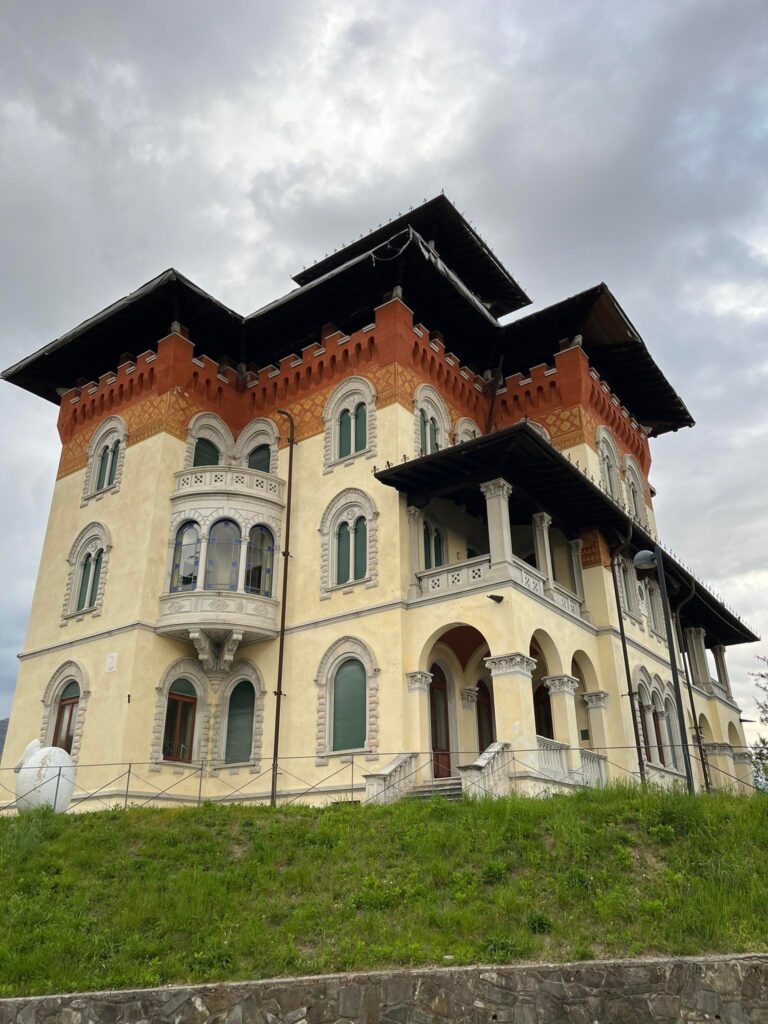
Tarcento is a picturesque town in the northeastern part of Italy, located 20 km from Udine, and is the headquarters of our tour.
Udine
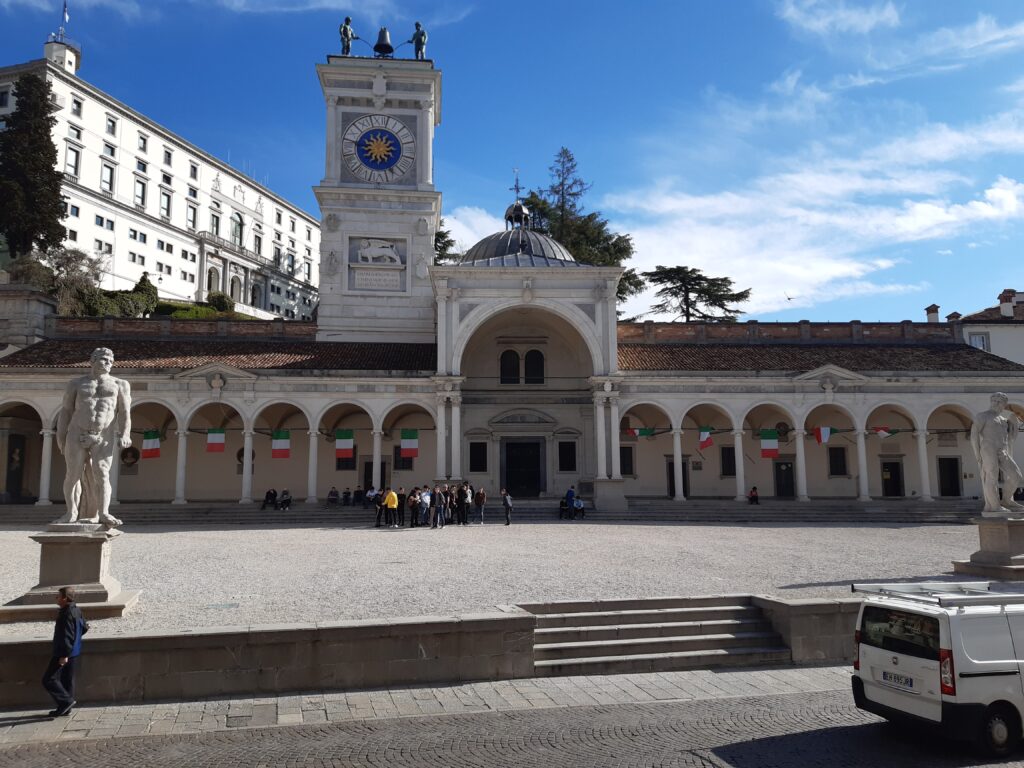
Udine – a city and municipality in the autonomous region of Friuli Venezia Giulia. It used to be the capital of the region.
Palmanova
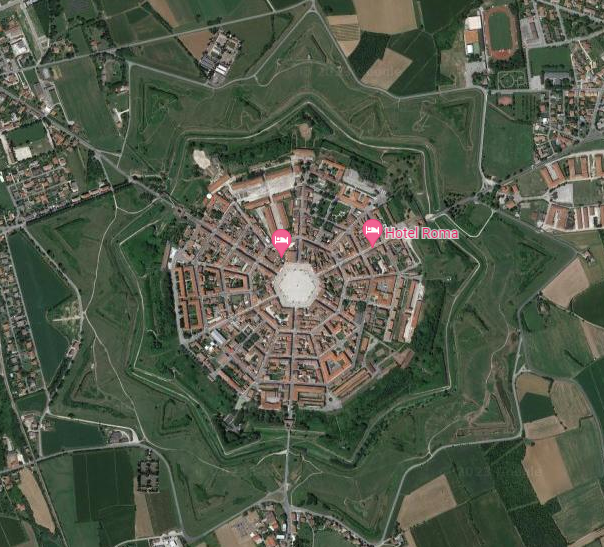
Palmanova – the perfect city, is a town which is located in the province of Udine, Italy. Designed on a star-shaped plan, it is also called a fortress city.
Venice

Venice is a city and municipality in northern Italy located on the Adriatic Sea. Surrounding Venice is the Venetian Lagoon, which is a Unesco World Heritage Site.
Villa Manin
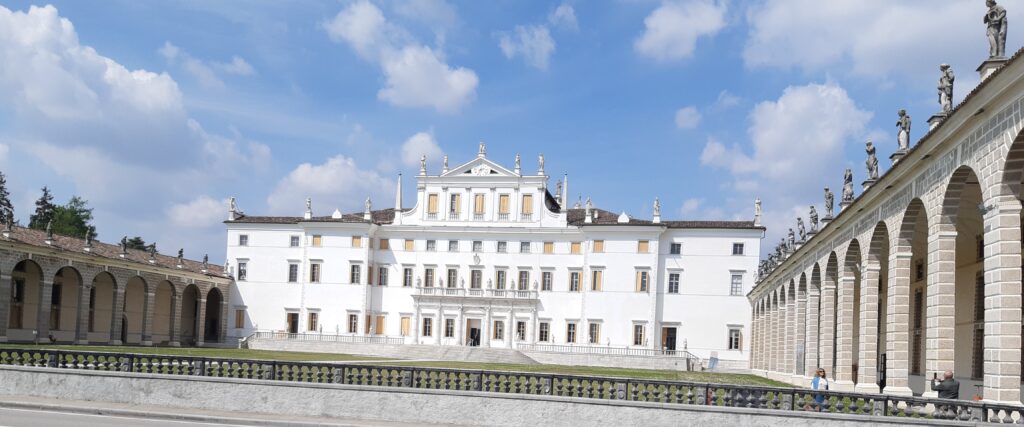
Villa Manin is a Venetian villa located in the municipality of Passariano in Codroipo, Friuli-Venezia Giulia, in northeastern Italy. It was the residence of the last doge of Venice, Ludovico Manin.
Cornino Lake
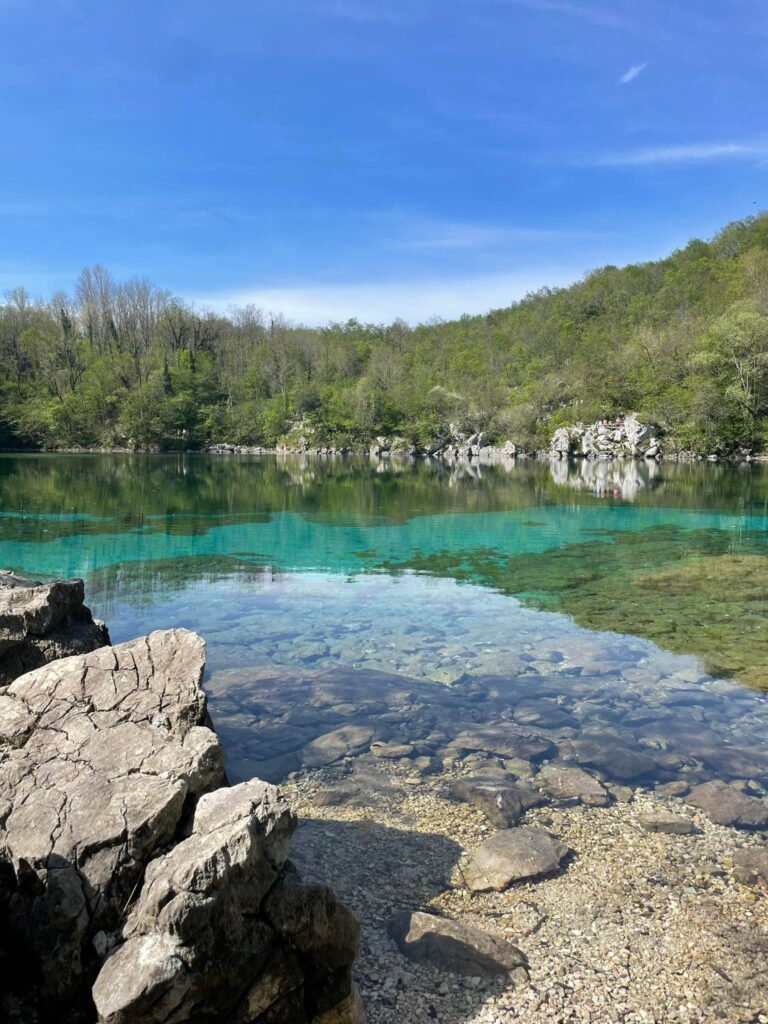
Lake Cornino is a natural body of water in the northwestern part of Italy, in the Piedmont region. According to legend, Lake Cornino was formed from the tears of the goddess Hera, who wept over the death of her beloved son.